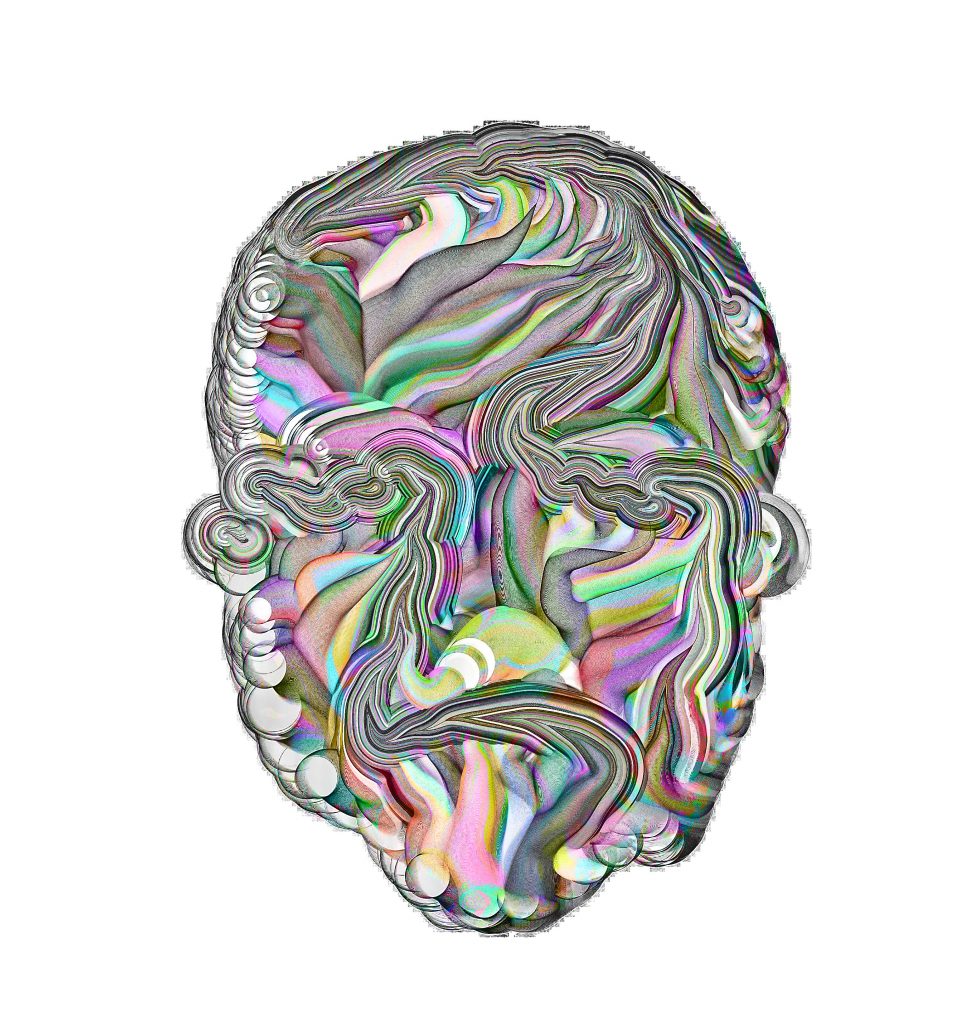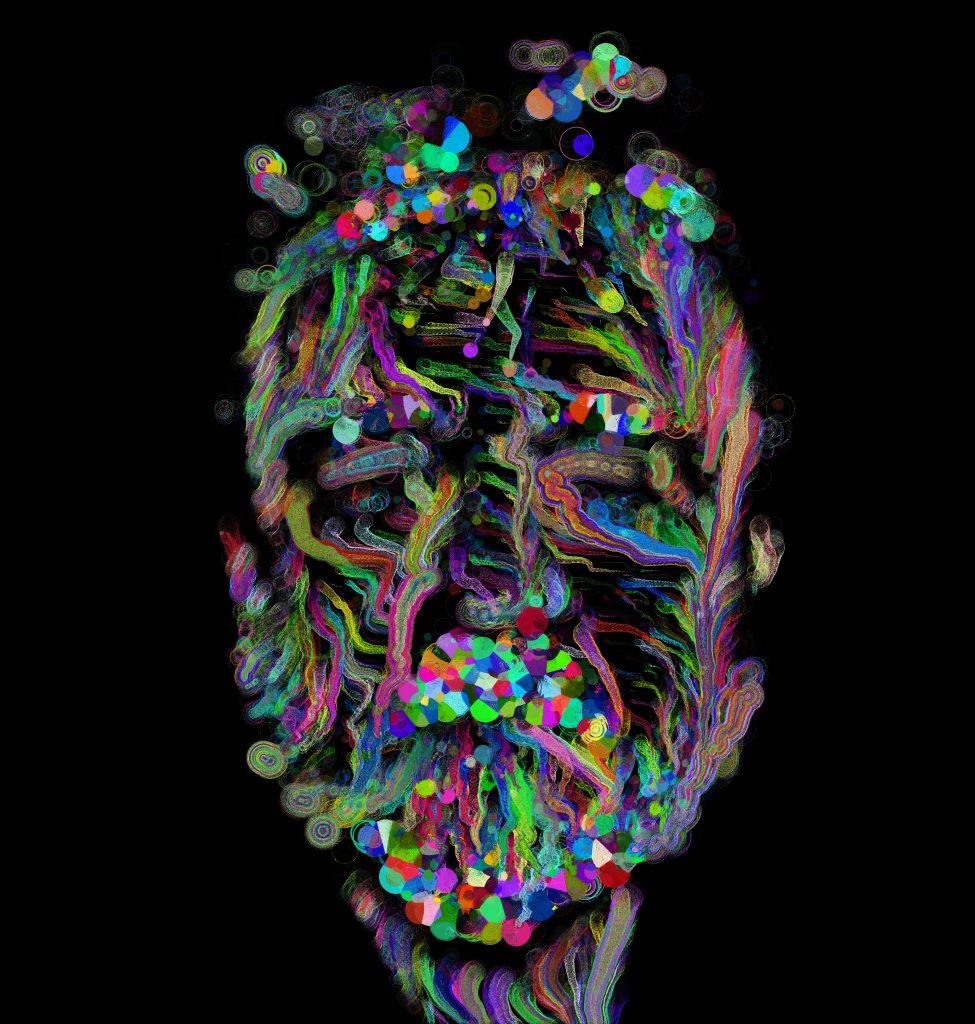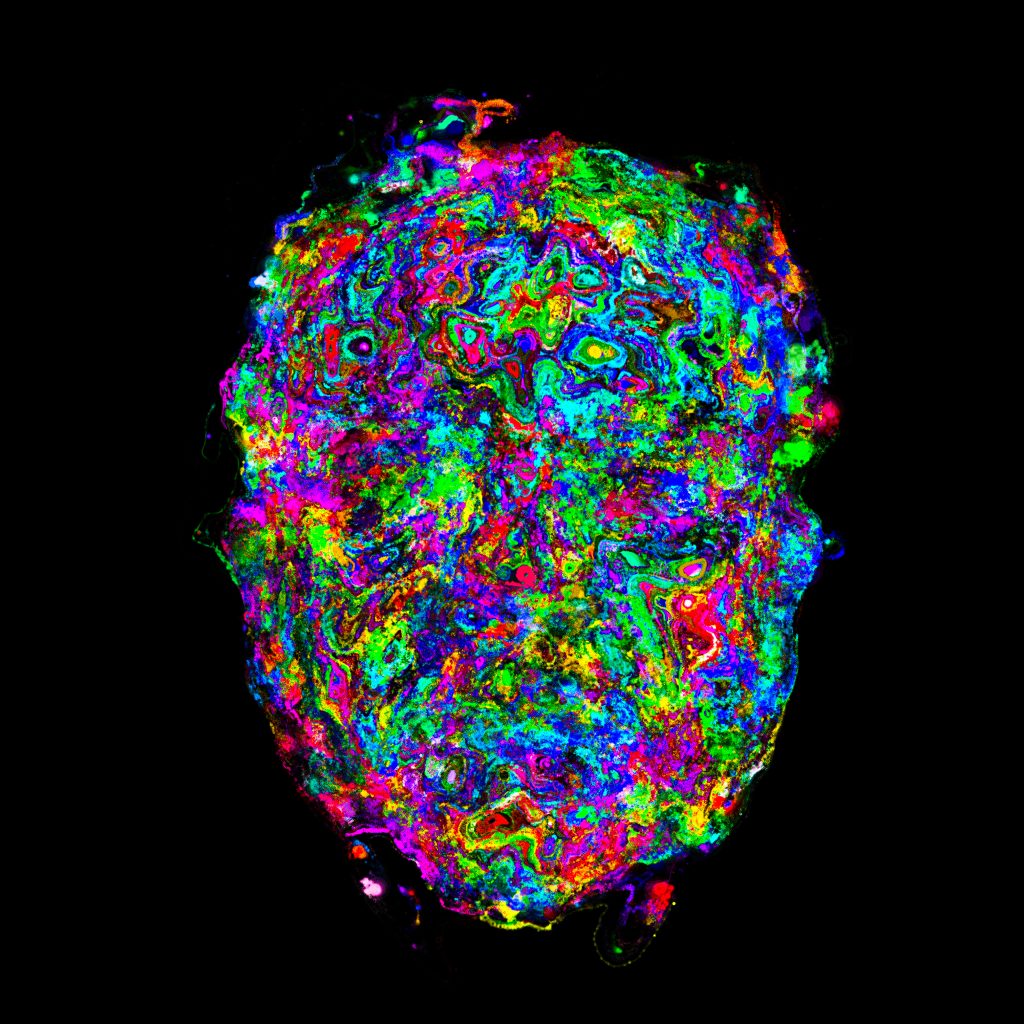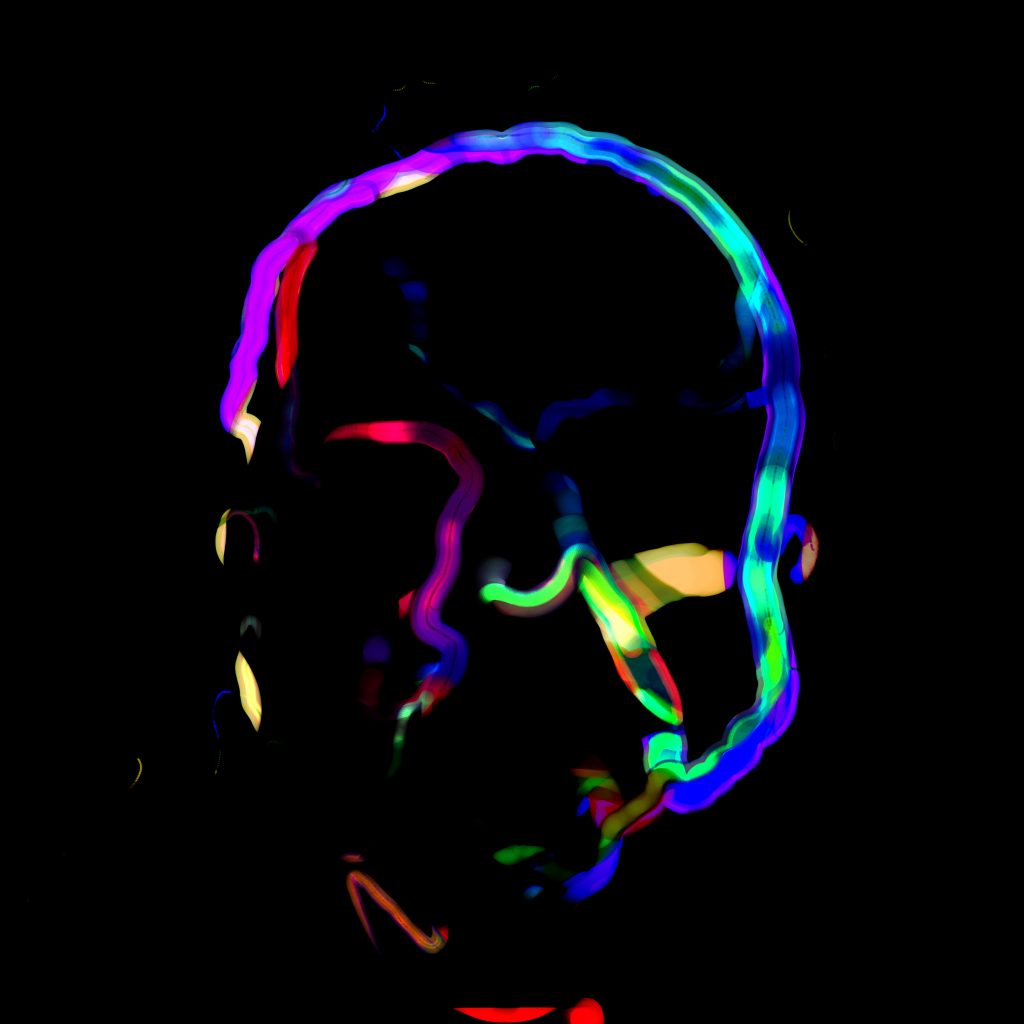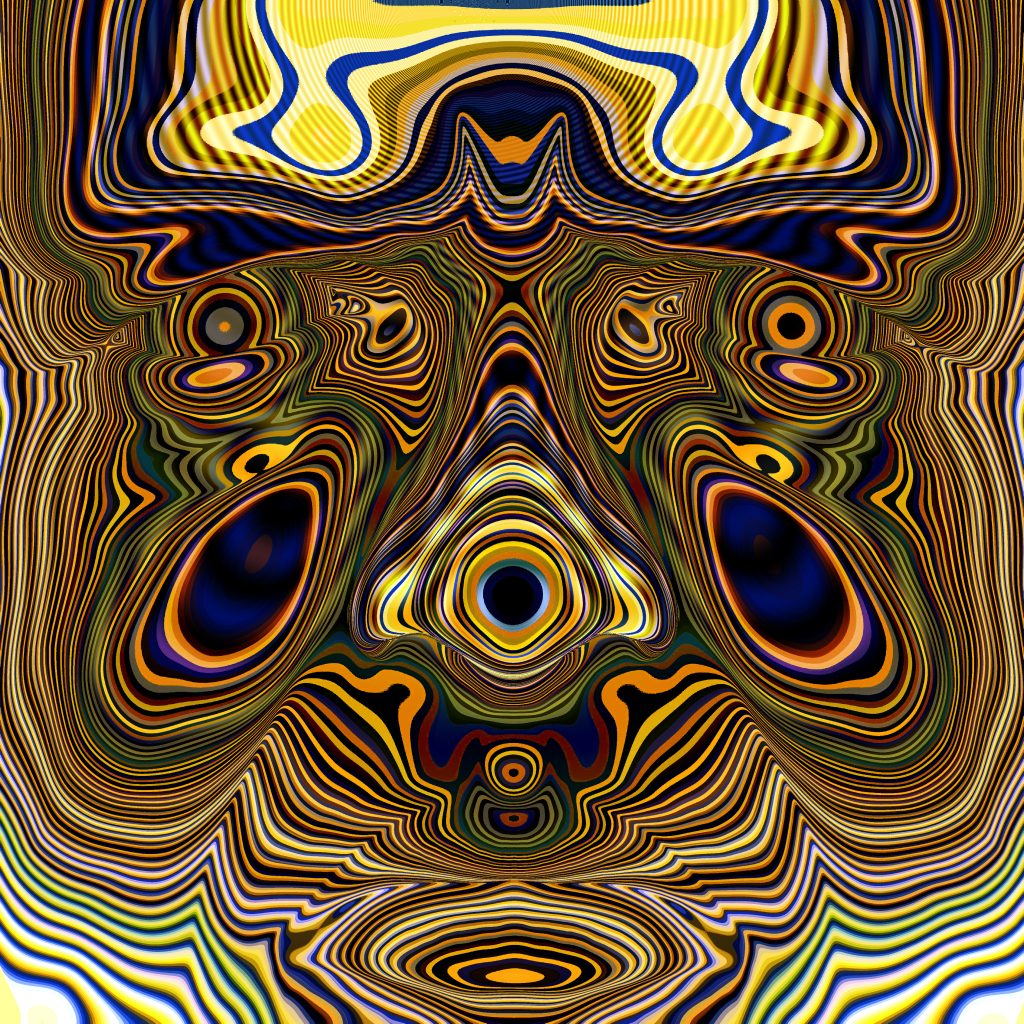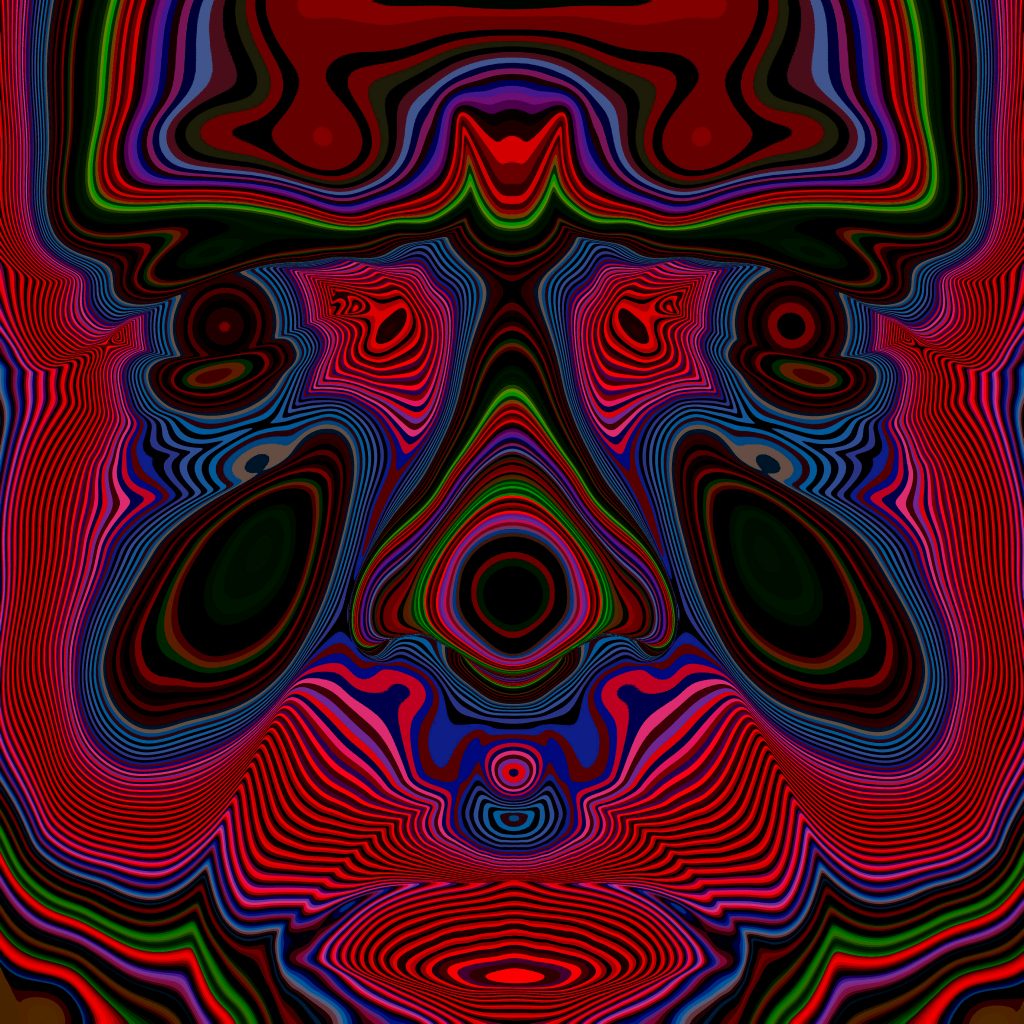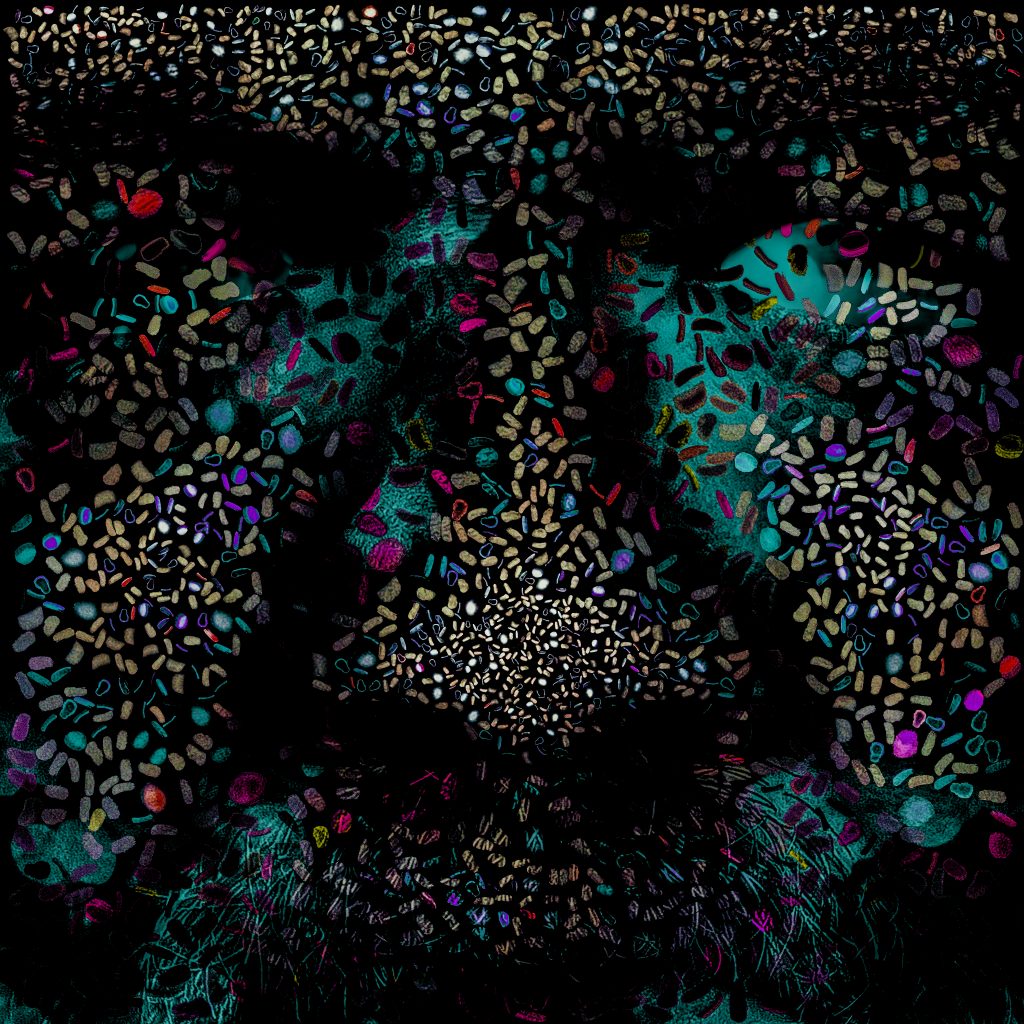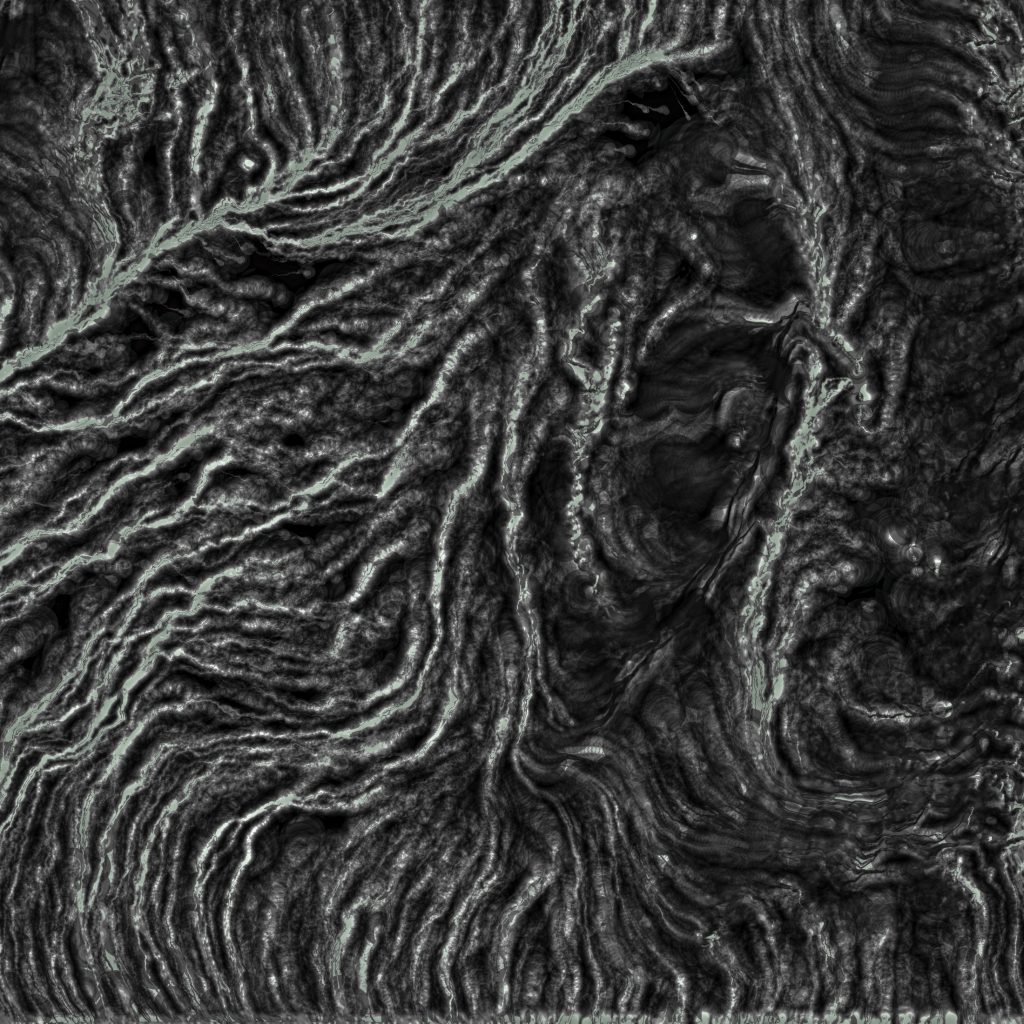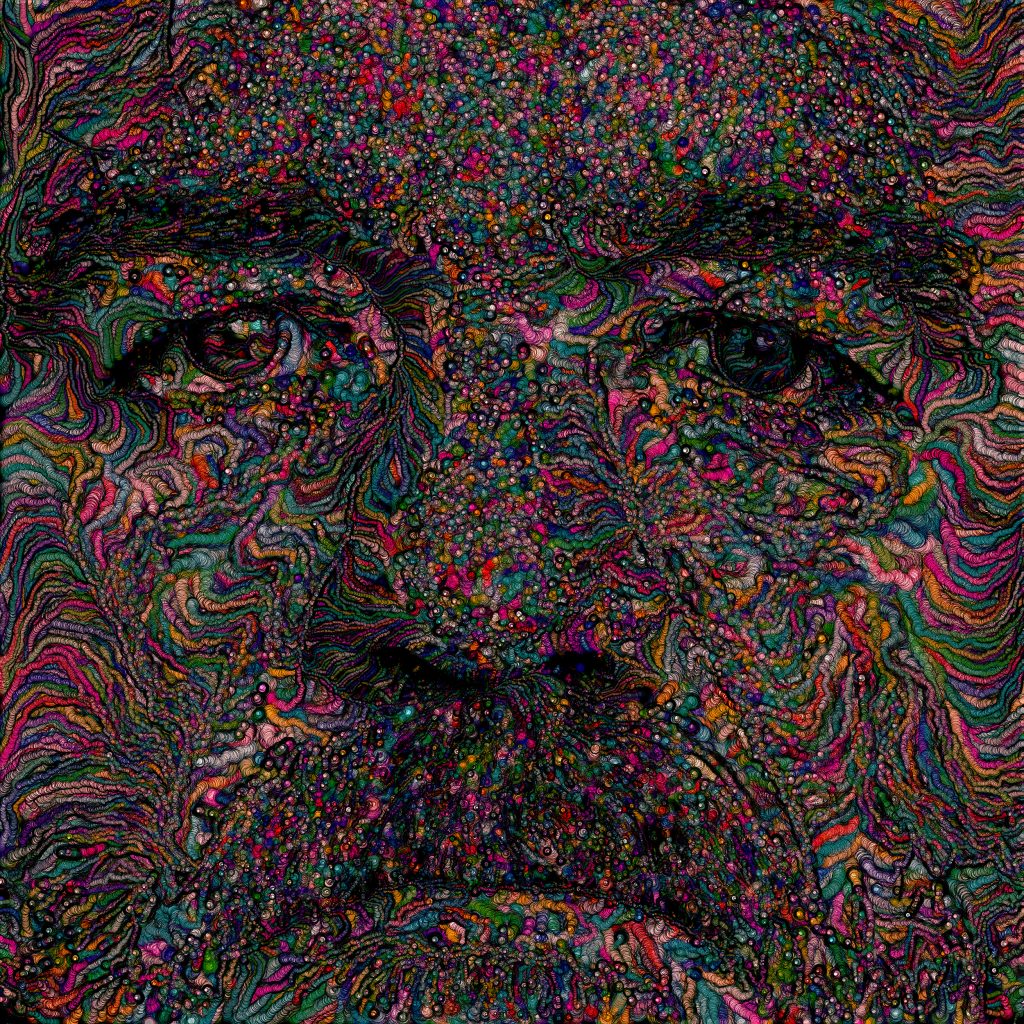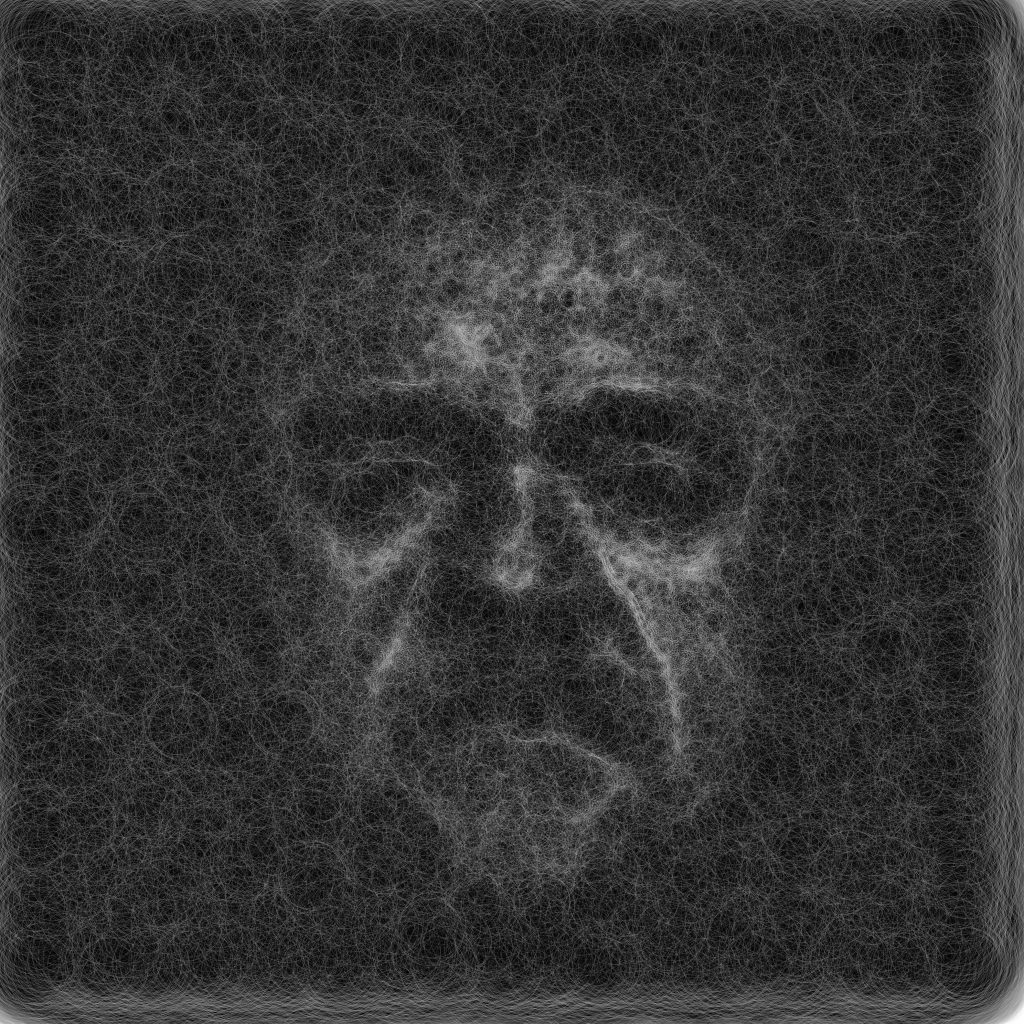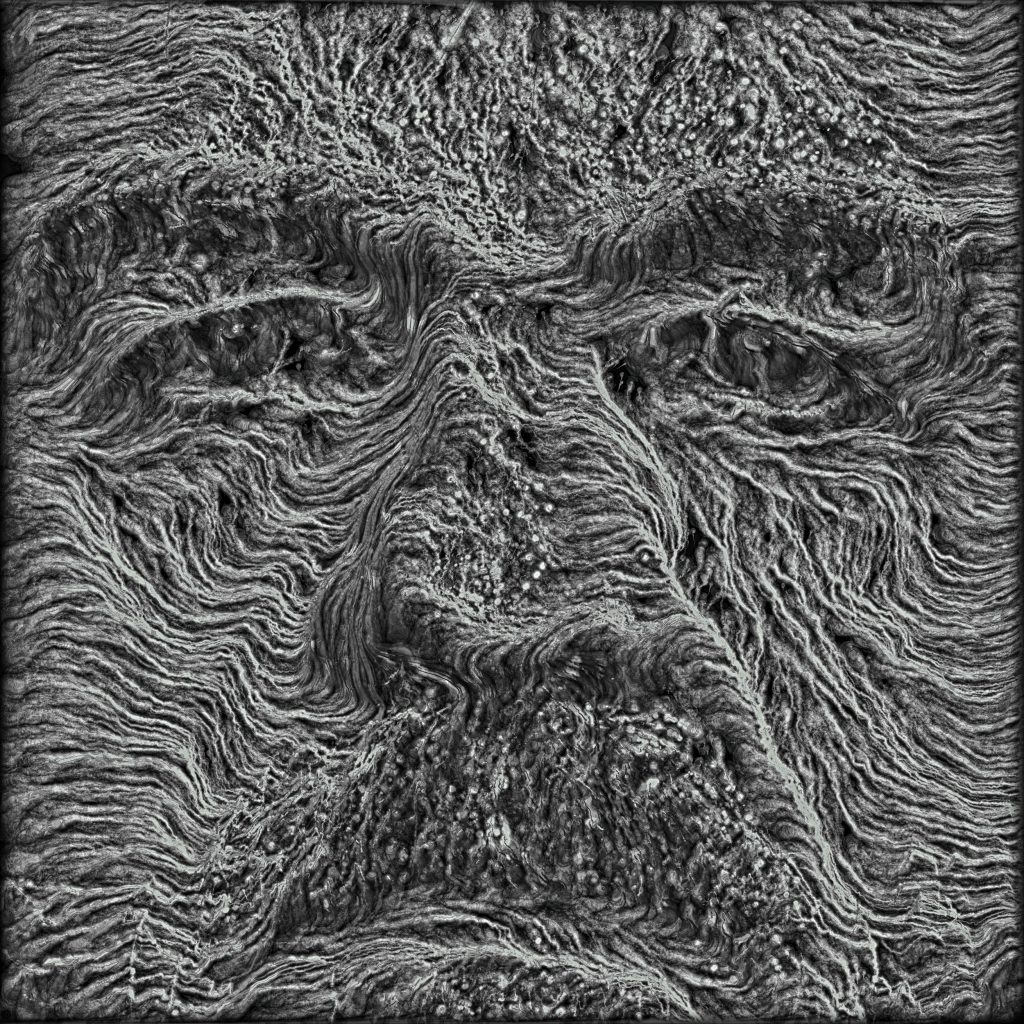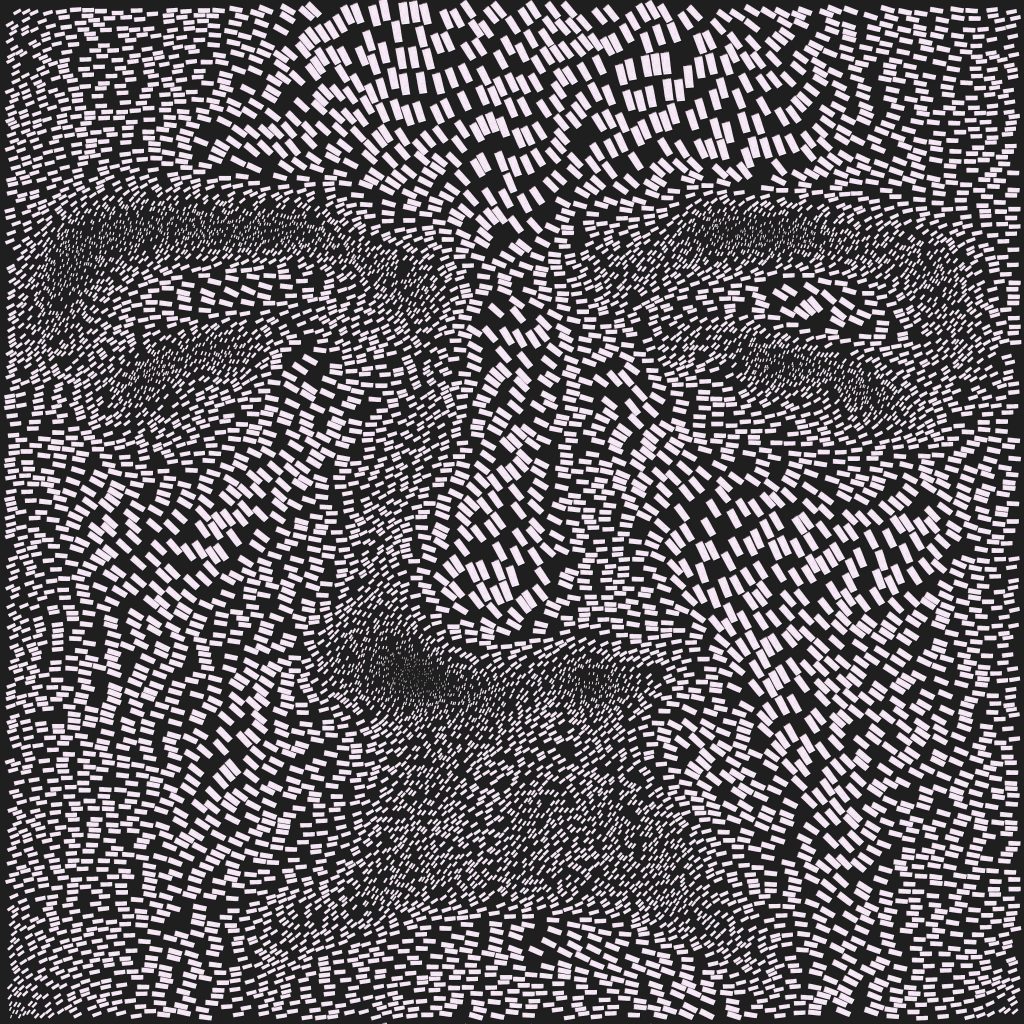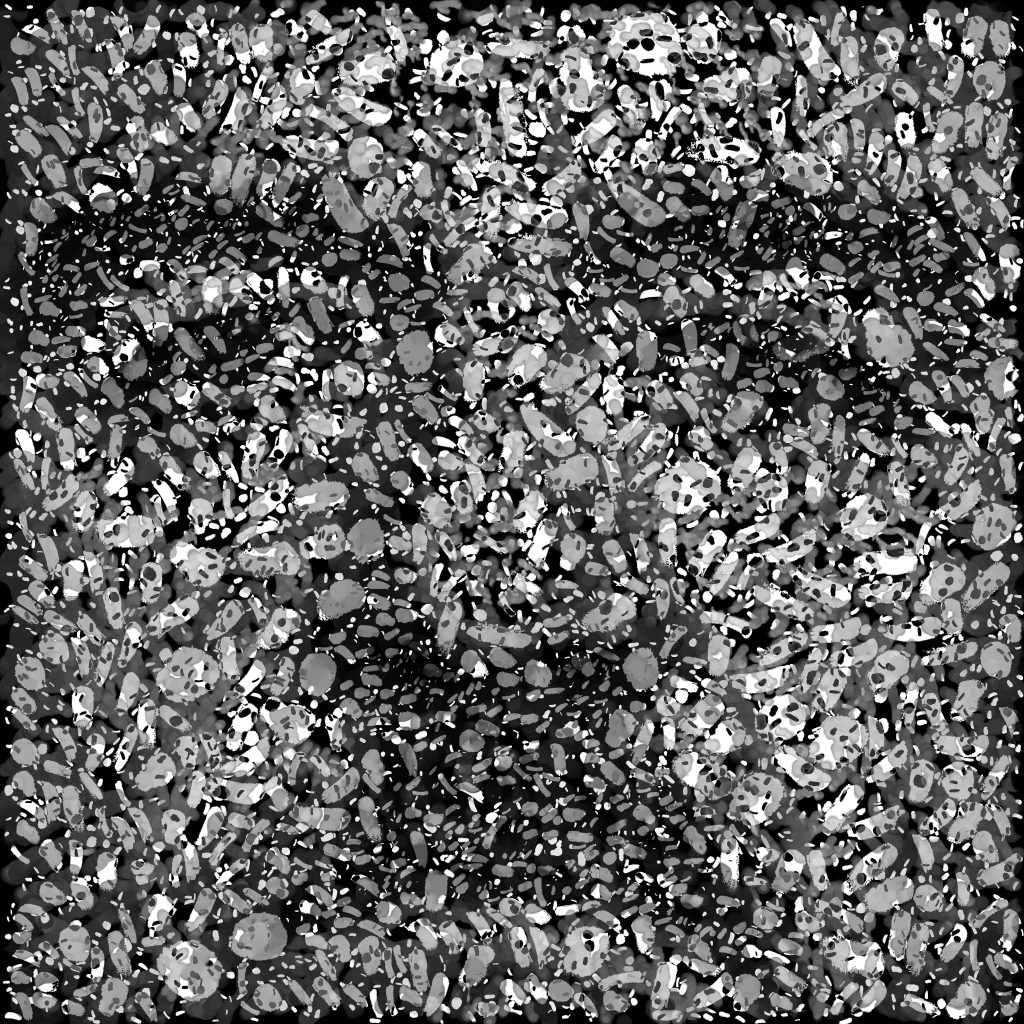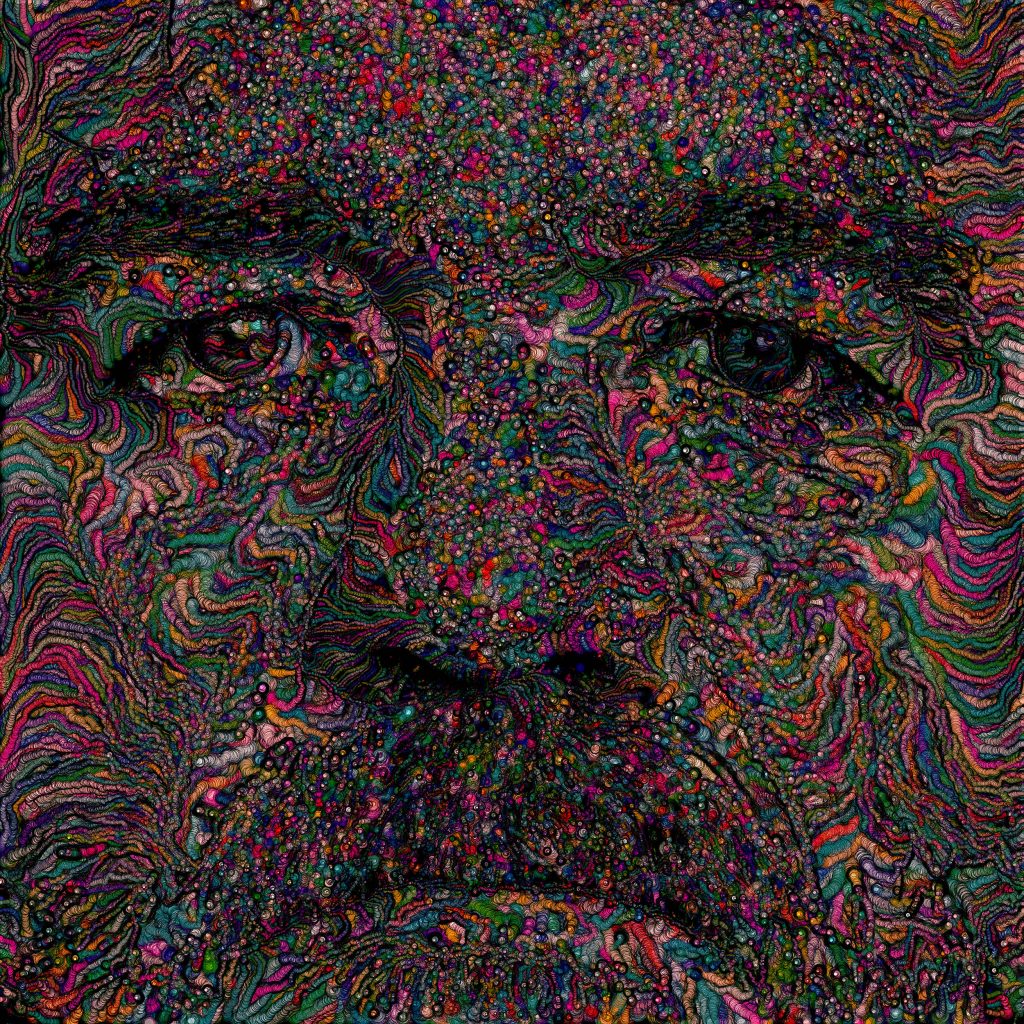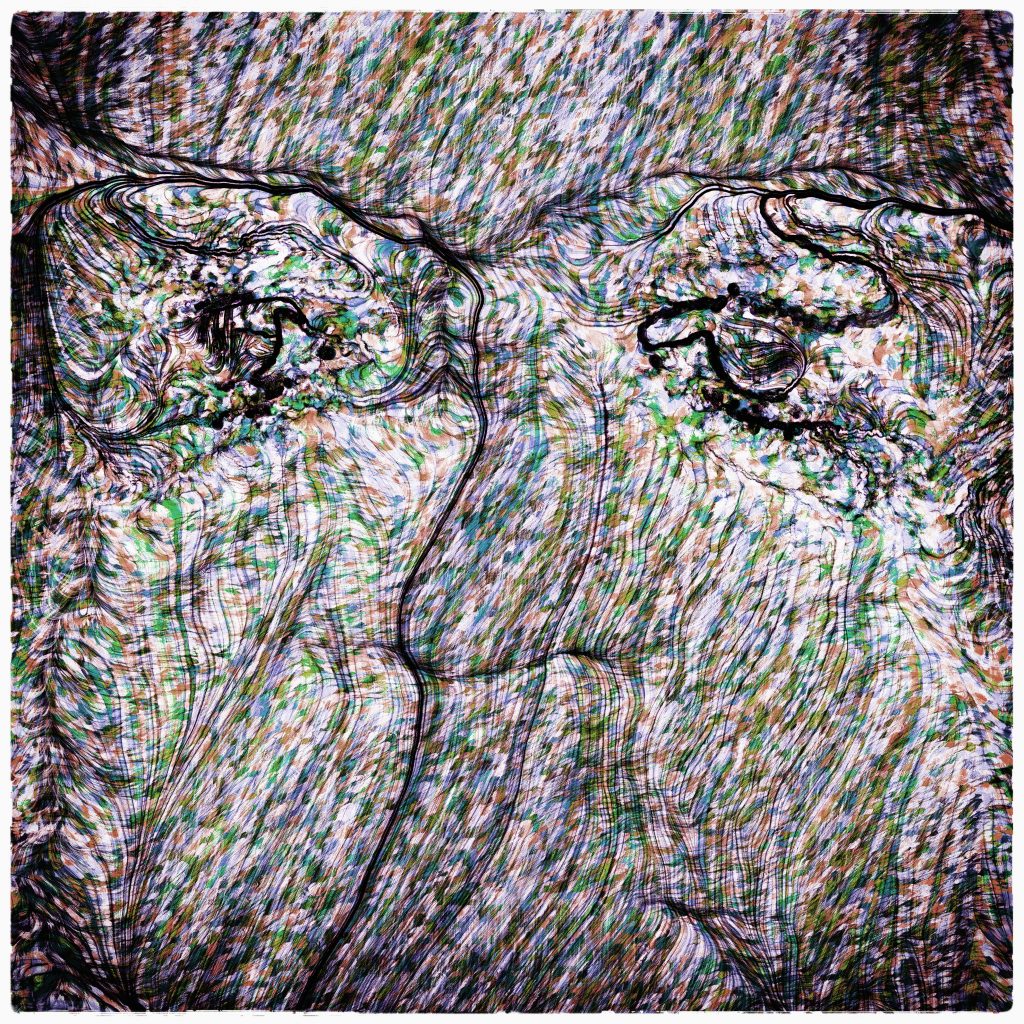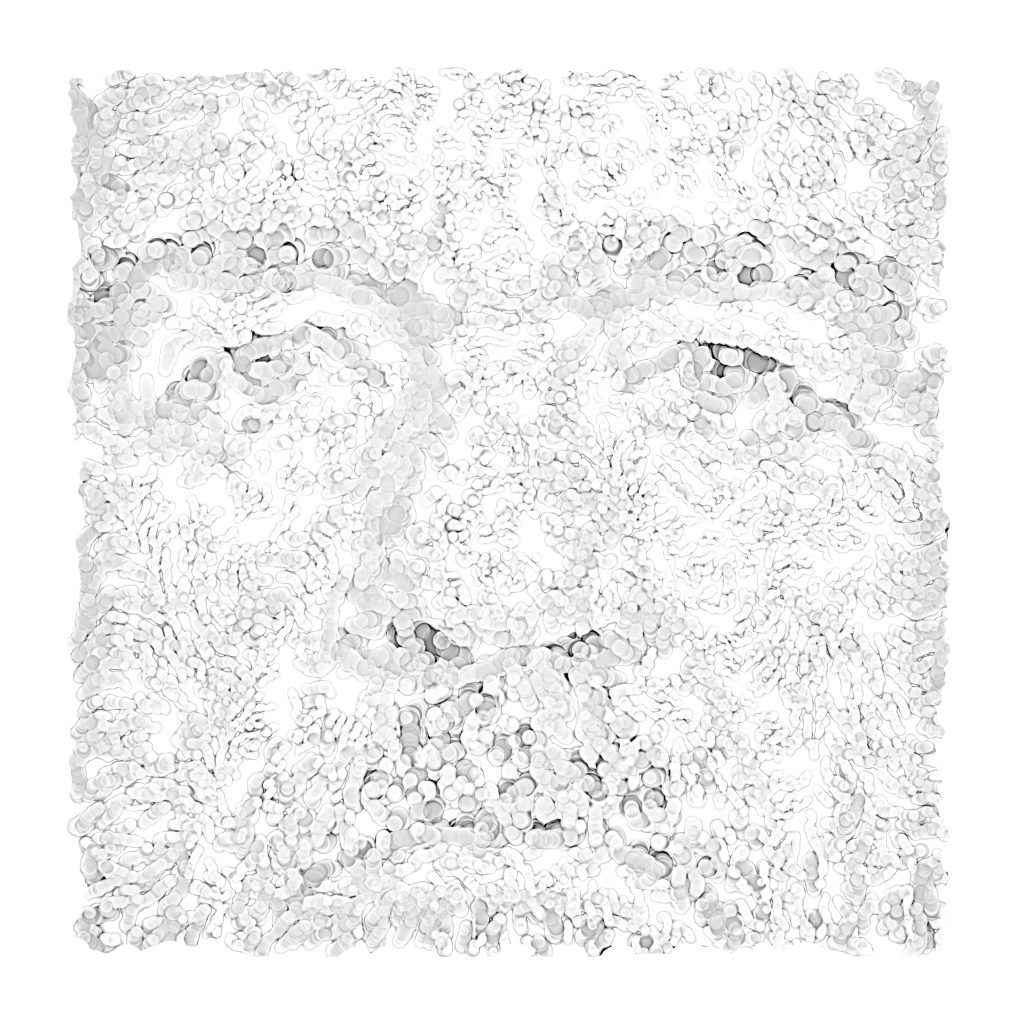Maybe it’s worth breaking something to know how far we can go?
” Part of the new technologies is a wide space filled with sound, movement and much more. If we don’t think about all these pieces together, we don’t recognize this space, it becomes insufficitent..” Łukasz Gazur talks to Piotr Welk, a graphic artist and creator of multimedia installations. Self-Portraits – exhibition of the artist’s artwork – premiered in Jabłonna on February 28, 2020.
Do you feel an artist?
Good question. I don’t know how to answer it. Probably not. It’s not that I walk around and think about me as an artist. I feel myself more as a teacher, lecturer. And if I feel as an artist, it is when I have a moment to myself, which is not easy as these are the moments taken from my private life as well as my other activities.
I have asked this question because in the domain you are dealing with there is a kind of a rift: traditional graphics for some is something serious and artistic while computer graphics is commercial, subservient to advertising and design.
The way I see it is a little different than that – even though it may look the way you’ve described. When I started my studies a new tool appeared and quickly entered the arsenal of equipment that you use. A certain natural detachment arose among those who used traditional tools. It resulted from the fact that something new had mnifested itself and it has its advantages, but also certain risks come with it. It is a kind of natural barrier. You treat every novelty with caution. You could observe something similar with photography – almost everyone today has a mobile phone that allows them to take a photo. Such possibility means ease, widespread nature and accessibility. For some, however, traditional photography, contrary to the digital one, is a noble technique. I think it is natural that some opposition arises. Today, computer graphics no longer is the domain of advertising. I just don’t know when exactly it becomes a natural tool. It seems to me that any tool makes sense when you use it in a natural way, you are aware of its weaknesses and its strengths. If you have an idea, some sort of imagination, you are looking for a way to facilitate your expression.
Obviously I’ve played the role of the devil’s advocate…
Every tool leaves its mark on the work it creates. If the footprint of any technology is so apparent that it dominates other values, then there is something wrong. Nowadays there is a lot of such artwork due to the ease and availability of the computers. What you are saying is true in some situations. Although I use such technology myself, my response would be pretty similar. It is a matter of experience, intuition, and taste that suddenly outweigh everything. Sometimes you just see too much technology and nothing else besides it.
You create your artwork with the help of programs you have written.
Moving in some area, trying to use some sort of marking, building symbols, overlaying the plane or organizing time – because this is also often associated with my activities – I would not want to be condemned to something that is not dependent on me, because I would like to control every part of the process. Anyway, I’ve always been fascinated by this approach that using computer tools, programming being a part of these tools…. because they are not quite what you might think… this control over every aspect, a certain awareness of the image I want to create and then translating it into a thought-driven one that is independent of the hand or other mechanical actions you sometimes find difficult to get rid of – that was something that I responded to. There is a certain idea in it that materializes by skillfully controlling both the technology and the logic of data.
Many graphic artists say that new technologies make it very easy to correct errors and you can afford them much more than when the proxess is irreversible. What would you say to that?
This is quicksand. When you go through the study process, the ability to provoke or make mistakes, in my opinion, is a basic skill for anyone who wants to learn a certain technique. We learn from our mistakes. We, of course, live in a culture in which we must all be successful. We rarely talk about failure… but these failed attempts are part of the process. We cannot achieve perfection without them. Maybe it’s worth breaking something to know how far we can go? During our studies, we repeatedly checked what would happen if the sheet was left in the acid for too long, if the acid etched it deeper.
We are talking about new technologies that you use. However – on the other hand – you show a series of self-portraits. There’s nothing more traditional than that?
There is no extraordinary philosophy in it, I am interested in certain phenomena around an image. If we capture an image with a camera – these days we have a myriad of new ways – take 3D scanning which offers additional information for example. The image and the digital data that create it are a world that to us is not fully defined. Let me come back to new technologies and to what I said before; an image can ultimately become something else, it can take on different shapes. Maybe this is just a way for us to start looking at this world in a slightly different way. If something is a photograph, let it be that photograph. However, if something is represented as information which is a captured world, and we have tools that can process it, the question arises whether there is something more there. Would any changes reveal something else? Would we see more? There is no such thing as an objective view of the world. When you take a photo with a digital camera or paint an image, you always process this image through the light, through our impression, emotions, and baggage of experiences. All these things transforms the image. If these transformations are therefore always there, then we have the right to go further and experiment with the medium to see if it leads to something more. Would the processed world that appears in front of our eyes show something else, contain something more, is something hidden there?
Looking at your artwork, it’s hard to escape the impression that you are inspired by the great figures of the 20th century world of art. Has this been your intent, or is what we see simply the result of experimenting with the computer?
There are many artists that I appreciate and pay attention to. I would not want to mention them, because it is not about giving any background. My point is that there is a sensitivity that makes many of the works that appear so accurately formulated. It is a gift to be able to sum up reality with two strokes literally. I will tell you something that seems like a very good summary here. During my studies, I met people, my colleagues, who were great at drawing, I really wanted to try to draw they way they did, because it seemed so easy, but you can’t do it like the others, you just have to do it in your own way. It took me a while to get to that. I liked the work of my peers so much that I wanted to try it too, but I failed. I could only create thw way I did, my way. The point is not to imitate someone, but to look for your own unique artistic language.
Movement seems to be very important in your art. Am I right?
Most definitely. Most of my artwork is a capture of a process happening. The motion is no less fascinating than the final artwork. I pause it at different times. Unfortunately, it is a matter of choice – if we only want to hang paintings in the gallery, I have to pause the motion. If, on the other hand, it is possible to highlight that they are some kind of a ‘pause’ then it is a compliment to me.
Contemporary art has managed to show that. Today, many artistic phenomena – such as performance or video art – are shown on screens in galleries.
Indeed… but I must admit that I’m not really a fan of these technologies. There is some sort of pretence to it. TV screen bothers me, although I really like moving pictures. However, in galleries, if something is displayed, there must be a reason why the screen is part of the exhibition space. And that brings us to my teaching experience. I am talking about the Multimedia Workshop with which I have always been associated. Part of new technologies is a wide space filled with sound, movement and much more. If we don’t think about all these pieces together, we don’t recognize this space, it becomes insufficitent.
Let’s go back to miotion in your images. Moving pictures define the space in which they can be displayed…
It means that there is a factor of happening in them, even if it is not immediately visible at a given moment in time. If it were to be shown in motion, I would have to think hard about which space to choose. We are not often fully aware of certain situations. We do not think that if, for example, we go to the cinema, it formats us: we take a seat, buy popcorn, wait for a linear narrative and want to be satisfied with the film we have just watched. There are many ‘moving images’ that cannot be shown in the cinema and will not fit in such traditional spaces. That is why I believe that the right choice of the type of screening is important for new media because it becomes part of the space. This is a natural consequence of my way of thinking that the greater the dynamics of the recording hidden in an image, the more we can perceive. And that’s how we return to the beginning of our conversation – maybe this is the answer to the question why some people do not appreciate computer graphics. They constantly compare it to something which it is not.
Dr hab. Piotr Welk – graphic artist, academic teacher at the Faculty of Graphics of the Academy of Fine Arts in Warsaw, where he runs the Studio of Multimedia Creation. The artist creates 2D and 3D computer graphics, computer animations and special effects for animated films. His works include photography and multimedia installations.
On February 28, an exhibition of graphic art by Piotr Welk, entitled Self-Portraits will open at the Art Gallery in Prosta in Jabłonna. Dr. Robert Żbikowski from Galeria Sztuki na Prostej wrote about the artist’s works: Looking at the series of self-portraits (by Piotr Welk), it can be concluded that we are not witnesses of visual practices alone, preserving our image in the form of an image. These works contain a rich spectrum of experiences and thoughts, which give the images a metaphysical, timeless touch of a moment. This elusiveness, fragility of the captured moment resembles a pause pressed during the movie, which will have its follow up in no time. The graphics shown on Legal Culture website are a part of the exhibition.
